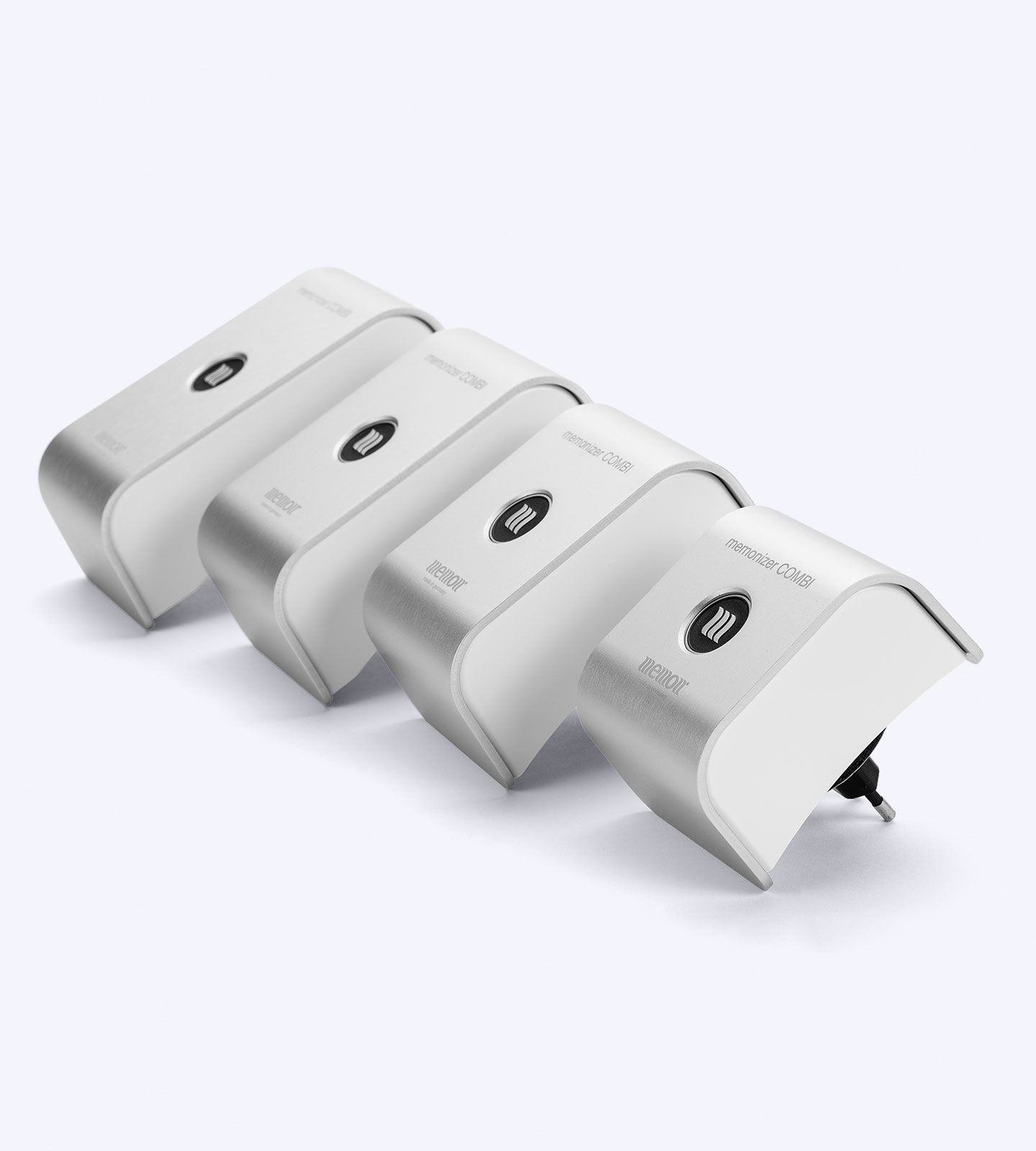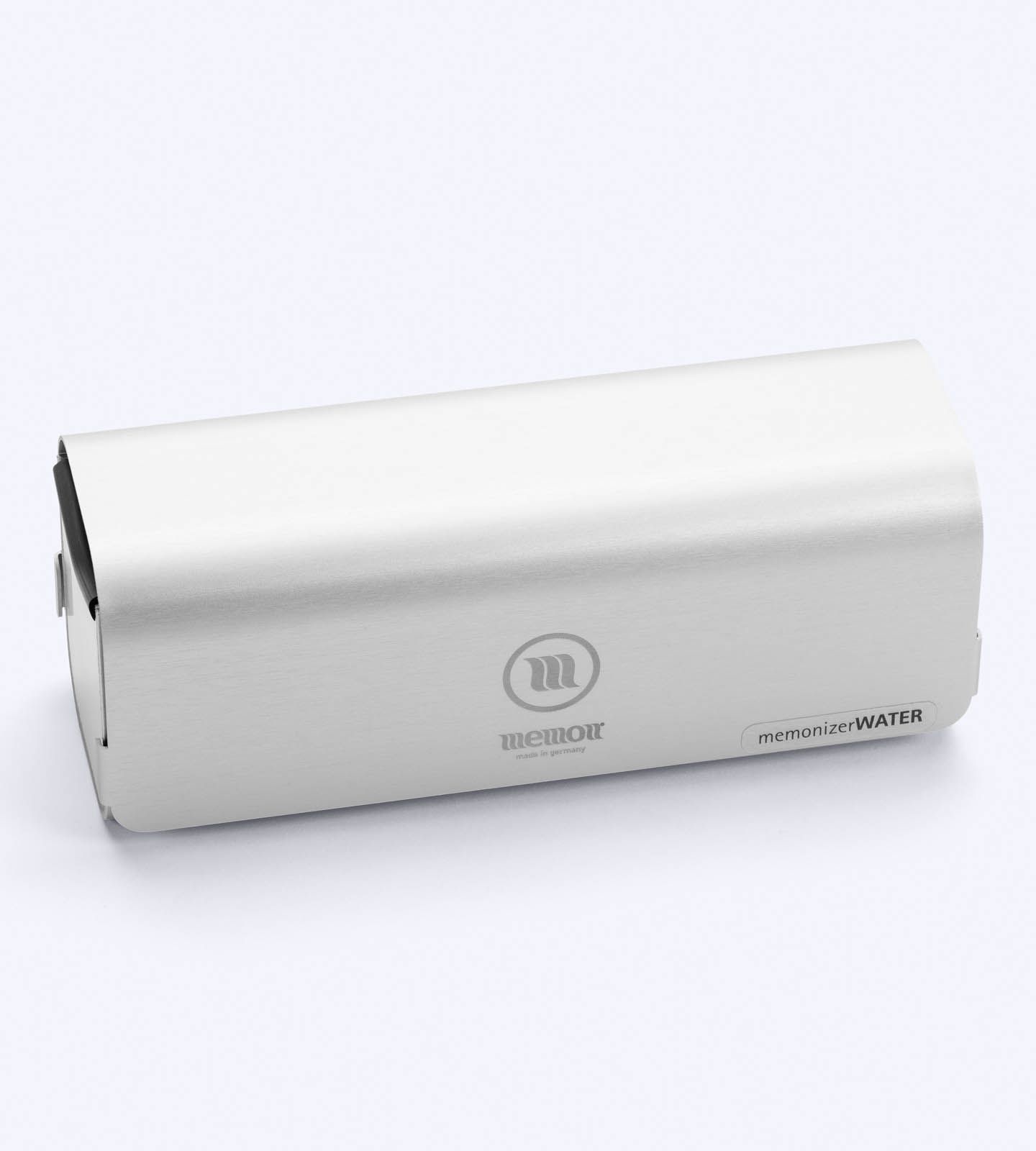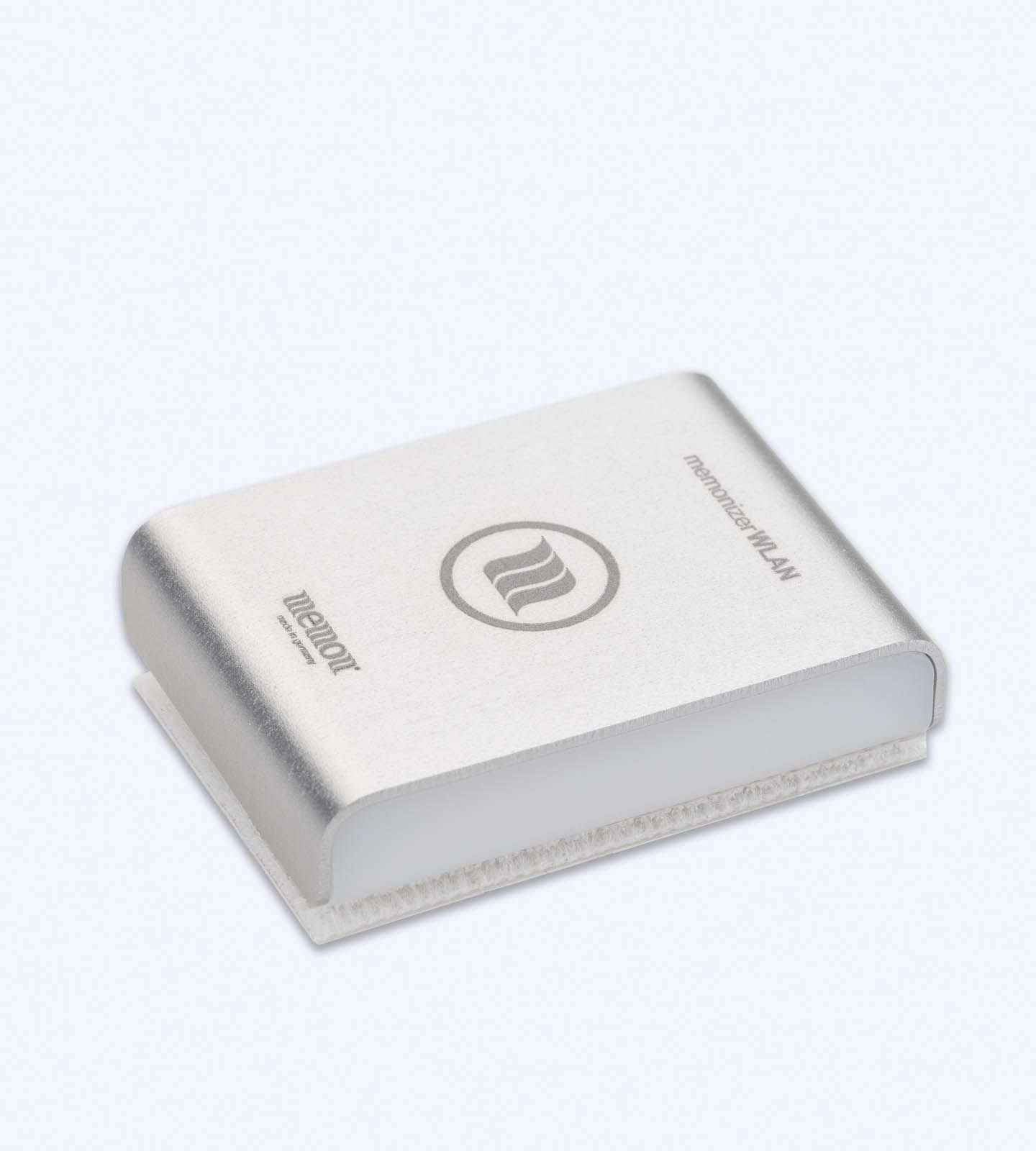
What is 5G?
5G is the fifth generation of the mobile communications standard. 5G is mainly used in frequency ranges from 2 GHz to 5 GHz. The frequency range from 3.4 GHz to 3.8 GHz plays an important role here. In this range, frequency bands with a bandwidth of up to 300 MHz can be used, which should enable much larger data transmission. The bandwidth for uploads and downloads in the third mobile radio generation (3G) was only 10 MHz each.
How can 5G affect biological organisms?
The fifth generation of mobile communications uses high frequencies of artificial electromagnetic radiation. Numerous studies have already shown a clear relationship between high-frequency radiation – such as mobile radio radiation – and health side effects for the previous mobile radio generations (2G-4G). 5G, like all previous cellular standards, has an impact on people’s health. However, the 5G expansion will further consolidate the mobile radio network, so that the radiation will also continue to increase massively. If there were 78,000 antennas and radio masts nationwide in 2018, there should be 750,000 transmitters with a nationwide 5G expansion.
What are some of the drawbacks of 5G?
In addition to the frequencies used by 4G, higher frequency ranges are utilized by 5G; however, these bands have a more limited coverage area. In general, the range will be reduced as the frequency is increased. Because of this, the 5G network will require the installation of 10 times more transmission masts and antennas than the 4G network did in order to provide everyone with access to a complete mobile network. If there were 78 thousand antennas and radio masts across Germany in 2018, there will soon be 750 thousand stations with the nationwide expansion of the 5G network – a large part of it is already set and sends radio signals twenty-four hours a day, seven days a week at an extremely high frequency. The expansion of the 5G network will take place in phases.
To until point, the majority of such antennas have been mounted atop residential buildings. Not only do large transmission masts detract from the aesthetic value of a landscape, but people have on many occasions actively opposed the installation of such a mast out of concern that it will expose them to potentially hazardous levels of mobile phone radiation. As a result of their much reduced size, the new 5G base stations are scarcely noticeable at this point. For example, they might be mounted on street lights or at bus stops. However, they become much closer to the population, which puts us at an even greater risk of being permanently exposed to radiation.

Is 5G a danger to human health?
The fifth generation of mobile connectivity is based on the utilization of high frequencies of artificial electromagnetic radiation (EMR).
There is mounting evidence from research conducted all around the world that high frequency radiation, such as that emitted by mobile phones, is linked to a variety of adverse health impacts, and this is the case even with older versions of mobile communications technology (2G, 3G and 4G).
We make use of an increasing number of electric and technological equipment. In recent years, a great number, particularly of digital devices such as tablet computers, laptops, wireless headphones, and smartwatches have come along in addition to the smartphone. These devices use WLAN and Bluetooth, and as a result, have significantly intensified the electrosmog, and will continue to intensify it in the future.
Radiation exposure is also significantly developing as a result of the introduction of 5G and the increasing density of the mobile network. As was the case with all earlier iterations of mobile radio technologies, 5G exacerbates and amplifies the existing problem of electrosmog, which in turn has a negative impact on human health. For years now, an increasing number of medical professionals and scientists have been sounding the alarm about the adverse impact that electrosmog can have on human health, and they are demanding that the rollout of 5G be halted.
Does memon also protect against the effects of 5G?
The memon technology “detects” all artificial electromagnetic fields and radiation (EMF and EMS) and is able to compensate for the stresses of all non-natural radiations for biological organisms (plant, animal and human), thus also those of 5G.
Recent Posts
Top Products
-
EMF MemonizerCar
$403.00 – $710.00 -
EMF memonizerMOBILE
$99.00 -
EMF memonizerCOMBI plug
$950.00 – $3,515.00 -
EMF memonizerWATER
$765.00 -
EMF memonizerHEADSET
$99.00 -
EMF memonizerEARPHONE
$99.00 -
EMF memonizerFOOD
$84.00 -
EMF memonizerWLAN
$205.00 -
EMF memonizerBODY pendant
$252.00





















